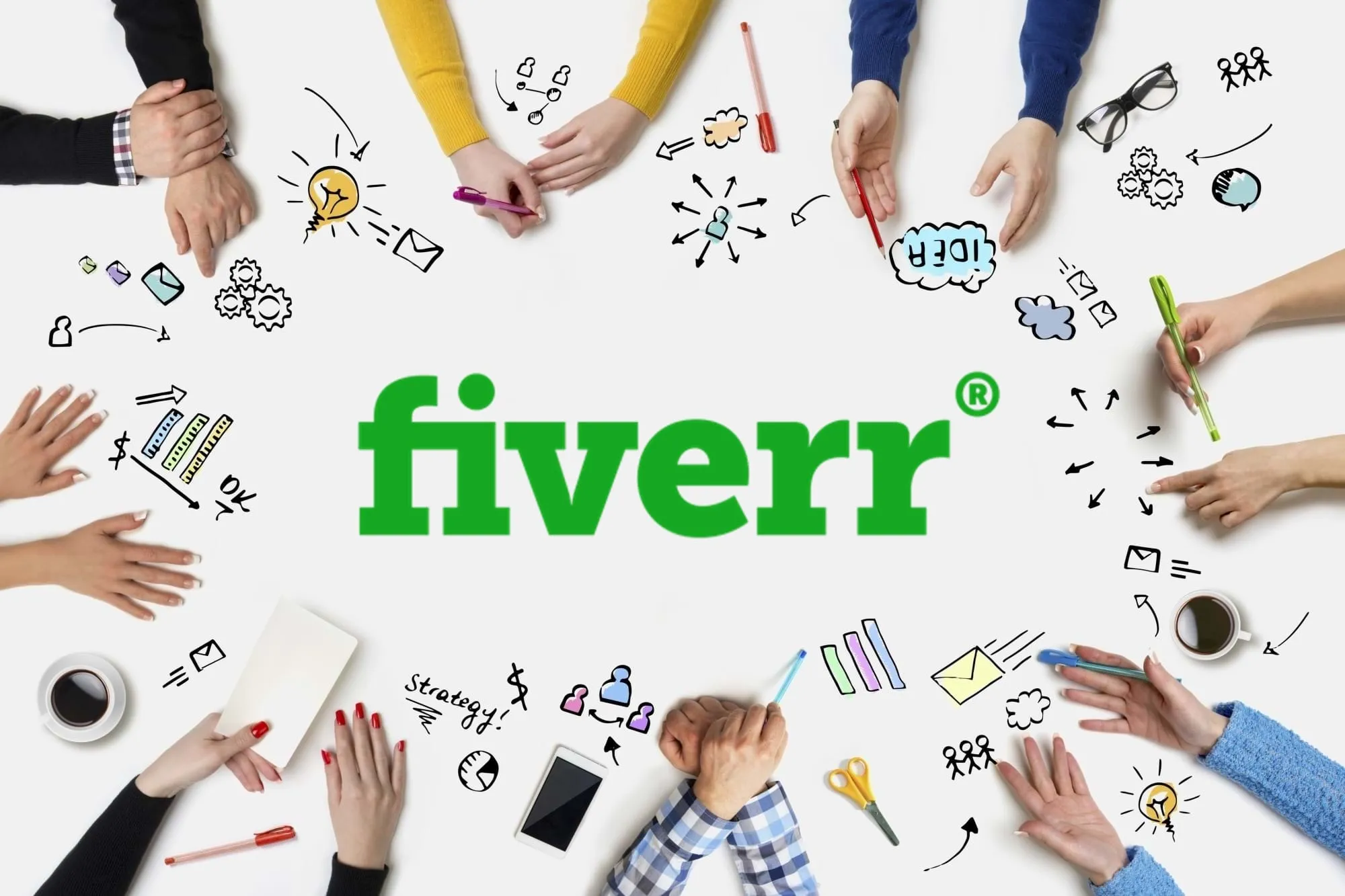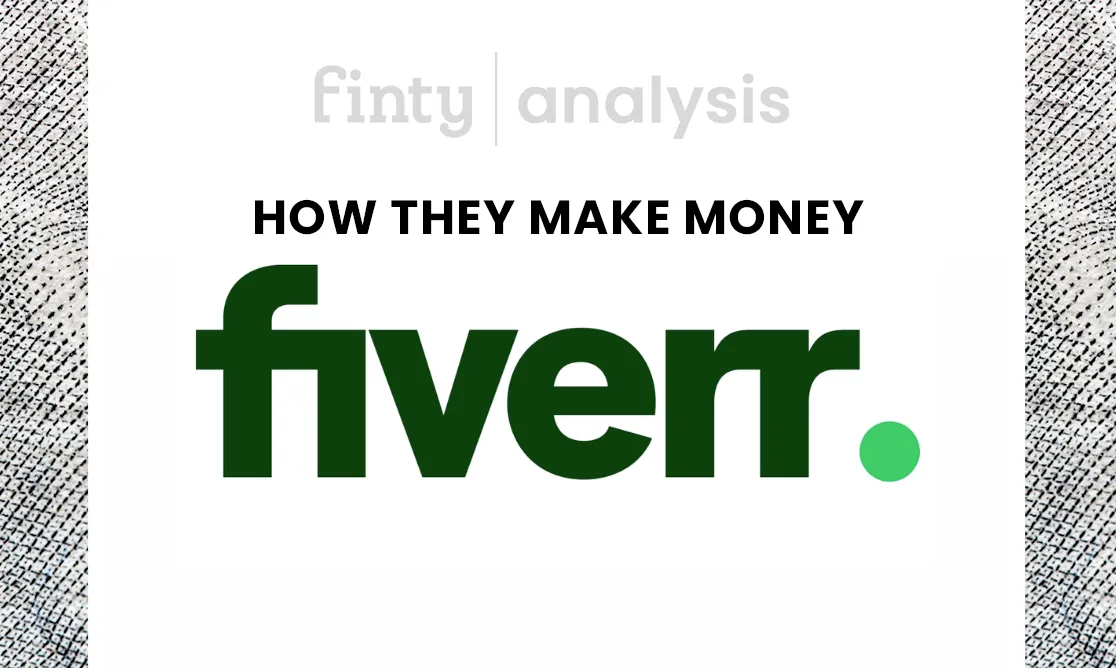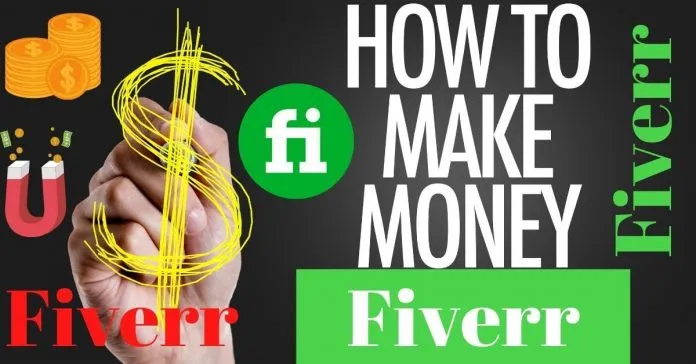Fiverr is an online marketplace that has revolutionized how services are bought and sold. Founded in 2010, this platform allows freelancers to offer their skills and expertise to a global audience. From graphic design and writing to programming and marketing, the range of services available on Fiverr is vast. It's an exciting playground for professionals and hobbyists alike to monetize their talents, all while making it incredibly easy for buyers to find and hire the right freelancer for their projects.
The name "Fiverr" comes from the platform's original concept of offering services starting at just $5. While prices have since evolved to accommodate various service levels and complexities, the core mission remains—to create a space where creativity and skill are readily accessible.
Understanding Fiverr's Business Model

Fiverr's business model is structured around creating a win-win situation for both freelancers and buyers. Here’s a closer look at how it operates:
- Service Listings: Freelancers create service listings, known as "gigs," showcasing what they can offer. Each gig includes detailed descriptions, pricing, and turnaround times. This transparency allows buyers to make informed decisions.
- Commission-Based Earnings: Fiverr operates on a commission model. When a freelancer makes a sale, Fiverr takes a percentage of the earnings—often around 20%. This means that for every $100 earned by a freelancer, Fiverr retains $20.
- Tiered Pricing: Services aren’t limited to just $5 anymore. Freelancers can set different pricing tiers based on the complexity of the work or the urgency of the delivery. This flexibility caters to various buyer budgets and enhances earning potential for freelancers.
- Fiverr Pro: For high-quality services, Fiverr introduced Fiverr Pro, where top-tier freelancers can offer their expertise at premium prices. This helps Fiverr reach businesses looking for assured quality.
- Add-Ons and Upgrades: Freelancers can sell gig extras, allowing buyers to customize their orders and add services for an additional fee. This increases the overall transaction value.
- Fiverr Business: Tailored for companies, Fiverr Business offers organizations a way to connect with professional freelancers, fostering creativity and innovation in teams.
By combining these elements, Fiverr has created an efficient ecosystem that enables freelancers to thrive while providing buyers with a diverse array of services. The result? A profitable platform that continually grows, attracting various users and creating new opportunities within the gig economy.
Also Read This: How to Become a Proofreader on Fiverr: A Step-by-Step Guide
3. Revenue Streams for Fiverr

Fiverr has developed a multi-faceted approach to make money, offering various revenue streams that contribute to its overall success. Let's break down these revenue sources to get a better idea of how Fiverr earns its keep.
- Service Fees: One of the primary ways Fiverr generates income is through service fees. When a freelancer completes a project and gets paid, Fiverr takes a percentage of that transaction. Typically, Fiverr charges freelancers a 20% fee on their earnings, ensuring the platform continues to thrive.
- Buyer Fees: In addition to charging freelancers, Fiverr also imposes a service fee on buyers. When purchasing a gig, buyers pay a small fee based on the total cost. For example, a $100 gig might incur a buyer fee of $2 to $10, depending on the cost of the service.
- Fiverr Pro: Fiverr Pro is a premium service that connects buyers with vetted, top-tier freelancers. These freelancers undergo a rigorous selection process, and Fiverr charges higher fees for these high-quality gigs. This premium offering allows Fiverr to cater to businesses looking for exceptional quality, while also generating additional revenue.
- Advertising and Marketing: Fiverr also generates income through advertising. Many freelancers pay Fiverr to promote their gigs, increasing visibility, and attracting more clients. Moreover, the company can make a profit from affiliate marketing, working with outside partners to drive traffic and conversions.
By diversifying its revenue streams, Fiverr has created a sustainable business model that benefits both freelancers and buyers while allowing the platform to continually evolve and grow.
Also Read This: How to Start Your Career as a Freelance Technical Writer
4. Fiverr's Marketplace Dynamics

Understanding Fiverr's marketplace dynamics is essential for grasping how it operates. The platform connects freelancers from various fields with clients seeking services. Here’s a closer look at how this dynamic plays out:
| Elements | Description |
|---|---|
| Supply and Demand: | Fiverr's marketplace thrives on the equilibrium between the supply of freelancers and the demand for services. The platform hosts a vast array of services—from graphic design to writing—catering to diverse needs. |
| Marketplace Trust: | Fiverr employs various trust mechanisms, such as user ratings, client reviews, and a robust payment system. This builds confidence and encourages new clients to engage with freelancers. |
| Competition: | Freelancers compete for visibility on the platform, which drives them to improve their service offerings and attract more potential clients. The more competitive a freelancer is, the better their chances for success. |
| Global Reach: | With freelancers from all corners of the globe, Fiverr offers a rich diversity of skills and pricing. This global marketplace allows buyers to find services that meet their budget and quality requirements. |
In conclusion, Fiverr's marketplace dynamics are characterized by a vibrant network of freelancers and clients, underpinned by trust and competition. As both parties benefit from their engagement, Fiverr continues to innovate and adapt in the ever-evolving gig economy.
Also Read This: List of High Demand Online Jobs in 2023
5. Marketing Strategies that Drive Revenue
When it comes to making money, Fiverr employs a variety of marketing strategies that not only bolster its brand presence but also directly impact its revenue streams. Let’s dive into some of these effective tactics!
- Search Engine Optimization (SEO): Fiverr invests heavily in SEO to ensure that its platform ranks high on search engines. By optimizing content and setting up targeted keywords, they attract organic traffic, leading to more customer conversions.
- PPC Advertising: Pay-per-click campaigns are a huge component of Fiverr's marketing strategy. Using platforms like Google Ads and social media channels, they create eye-catching ads that bring in potential customers looking for freelance services.
- Content Marketing: Fiverr has a keen focus on content marketing, providing valuable resources such as blog posts, tutorials, and case studies. This not only establishes authority in the freelance marketplace but also educates users about their services.
- Partnership and Collaboration: By forming partnerships with other businesses, Fiverr can tap into new audiences. Collaborative campaigns and affiliate programs enable them to reach out to different niches and demographics.
- Social Media Engagement: Fiverr’s active presence on various social media platforms allows them to interact with users directly. Creative campaigns and targeted promotions on platforms like Instagram and Facebook keep the audience engaged and informed.
These strategies combined create a strong foundation for Fiverr's financial success, ensuring both freelancers and buyers are well served.
Also Read This: How to Cancel a Fiverr Gig: A Step-by-Step Guide
6. Future Growth and Potential Challenges
As Fiverr continues to grow, the potential for future expansion remains high. However, like any business, it faces a set of challenges that could impact its trajectory. Here are some aspects to consider:
| Future Growth Opportunities | Potential Challenges |
|---|---|
| Global Market Expansion | Increasing Competition |
| Diverse Service Offerings | Quality Control Issues |
| Enhanced Technology Utilization | Regulatory Changes |
| Improving User Experience | Market Saturation |
Let’s break down each point:
- Global Market Expansion: Fiverr has the potential to tap into new international markets, especially in regions where freelancing is just gaining traction.
- Diverse Service Offerings: Adding more service categories can attract a broader audience, potentially leading to increased revenue.
- Enhanced Technology Utilization: Leveraging advanced technologies, including AI and machine learning, can help provide better matches between freelancers and clients, improving satisfaction on both sides.
- Increasing Competition: As more platforms emerge, Fiverr must continually innovate to stay ahead and maintain its market share.
- Quality Control Issues: With scalability, ensuring high service standards across the board can be challenging but is crucial for reputation.
In conclusion, while Fiverr has a bright future ahead with ample growth opportunities, it must stay vigilant and tackle these challenges head-on to maintain its position in the market.
How Fiverr Makes Money
Fiverr is a popular online marketplace that connects freelancers with clients who need various services. The platform allows people to offer and purchase services across diverse categories, including writing, graphic design, programming, and more. Understanding how Fiverr generates revenue can provide valuable insights into its business model and sustainability.
Here are the primary ways Fiverr makes money:
- Service Fees: Fiverr charges a commission on every transaction made through its platform. When a freelancer offers a service, they set their own price, and Fiverr takes a percentage, which typically ranges from 5% to 20%. For example, if a freelancer charges $100 for a service, Fiverr may deduct $20, leaving the freelancer with $80.
- Buyer Fees: In addition to charging freelancers, Fiverr also imposes a service fee on buyers. This fee is calculated as a percentage of the order total, ensuring Fiverr earns revenue from both sides of the transaction.
- Fiverr Pro: Fiverr Pro is a premium offering that features top-tier freelancers who have been vetted by Fiverr. This service comes at a higher price point, allowing Fiverr to earn more from clients looking for high-quality work.
- Fiverr Learn: Fiverr has introduced an educational platform where users can purchase courses to enhance their skills. These courses come with a fee, contributing to Fiverr’s revenue.
- Advertising Revenue: Fiverr offers promotional options for freelancers to boost their visibility on the platform, charging them to appear prominently in search results.
| Revenue Stream | Description |
|---|---|
| Service Fees | Commission on freelancer earnings from sales. |
| Buyer Fees | Service fee charged to customers on every purchase. |
| Fiverr Pro | Higher-priced premium services from vetted freelancers. |
| Fiverr Learn | Revenue from online courses and skill training. |
| Advertising Revenue | Fees charged for promotional listings on the platform. |
In conclusion, Fiverr's multifaceted approach to revenue generation, which includes service and buyer fees, premium offerings, educational resources, and advertising solutions, ensures its continued growth and sustainability in the competitive freelance marketplace.



